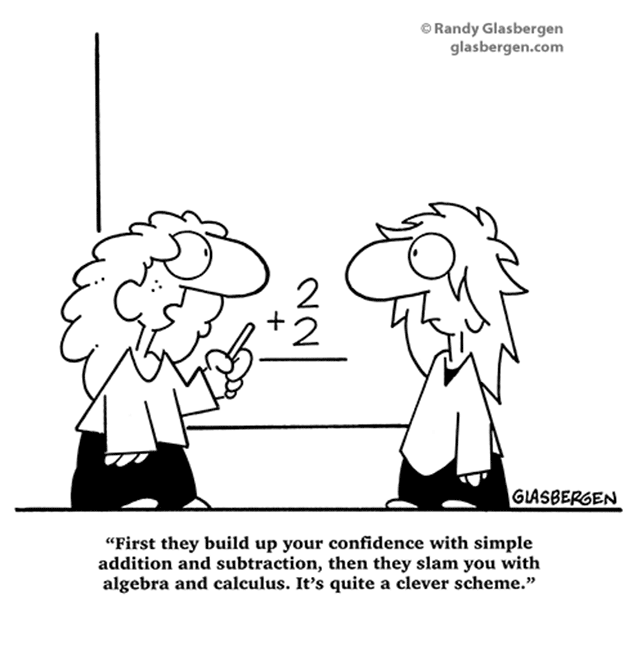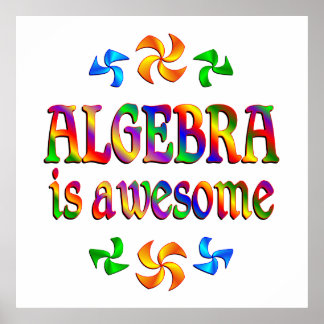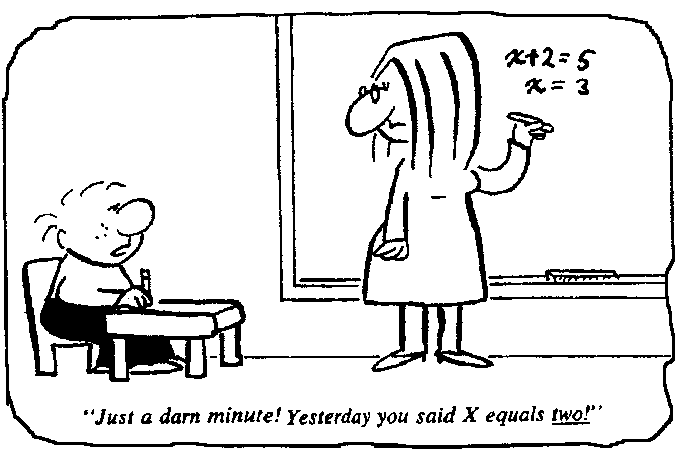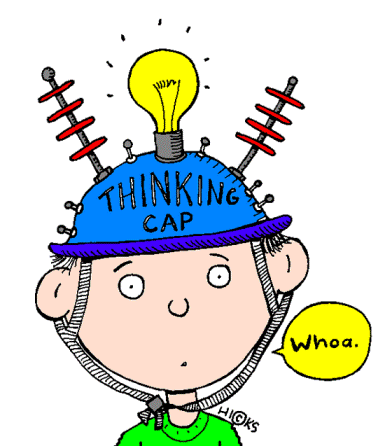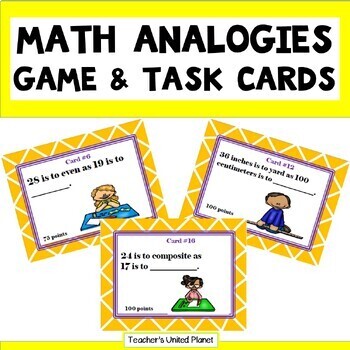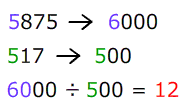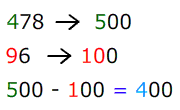On a problem such as:
5x - 3x + 2 = x + 5
Students first need to subtract 5x - 3x before setting the equation up on their scale. Since 5x - 3x = 2x, the student only places 2x + 2 = x + 5 on the scale.
Then we followed the same procedures. We brought down one "x" from each side leaving: x + 2 = 5.
Next, we worked with the constants, removing 2 from each side leaving: x = 3.
We replace the original equation on the scale:
2x + 2 = x + 5
2 x 3 + 2 = 3 + 5
6 + 2 = 8
8 = 8
We practiced a few more examples, and then students worked together or individually to complete 10 problems. To view our examples, please following the link: Hands-On Equations Day 5.

